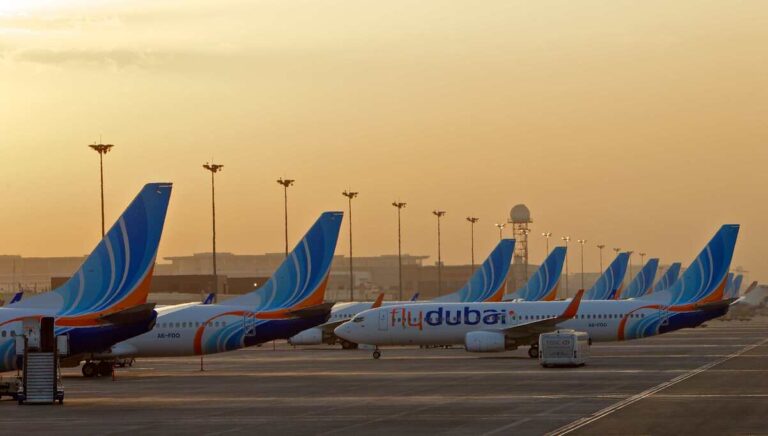
The Middle East aviation industry has seen remarkable growth in recent years, emerging as the world’s second-fastest growing region for air travel. With robust infrastructure development, strategic airline investments, and increasing global connectivity, the region has become a key player in the global aviation sector.
Following the disruptions caused by the COVID-19 pandemic, the Middle East has experienced a swift recovery in air traffic, driven by pent-up demand for both leisure and business travel. The International Air Transport Association (IATA) projects the region’s air travel to continue growing at an accelerated pace, outpacing global averages and positioning the Middle East as a key hub in international travel.
The recovery has been particularly notable in the Gulf States, with major carriers such as Emirates, Qatar Airways, and Etihad Airways leading the charge. These airlines have invested heavily in fleet expansion, technological innovations, and customer service improvements, further solidifying their positions as global leaders in the aviation industry.
One of the key factors contributing to the Middle East’s aviation growth is its strategic location. Positioned between Asia, Europe, and Africa, the region serves as a major hub for international travel, facilitating the movement of passengers and cargo across continents.
Cities like Dubai, Doha, and Abu Dhabi have transformed into global transit points, attracting travelers from around the world. The region’s state-of-the-art airports, such as Dubai International and Hamad International, offer world-class amenities and have become among the busiest in the world. These airports have also been investing heavily in infrastructure upgrades to accommodate growing traffic and ensure smooth operations.
Middle Eastern airlines have also made significant investments in expanding and modernizing their fleets. These carriers have been acquiring new, fuel-efficient aircraft to meet the growing demand for air travel and improve operational efficiency. The addition of wide-body jets and next-generation narrowbody aircraft is allowing Middle Eastern airlines to serve long-haul and short-haul routes with greater flexibility.
Emirates, for instance, recently placed a multi-billion-dollar order for Airbus A350 and Boeing 777X aircraft, signaling confidence in the future of global air travel. Similarly, Qatar Airways has added new aircraft to its fleet while also maintaining its reputation for luxury and top-tier services.
The aviation boom in the Middle East is closely linked to the region’s rising tourism and business opportunities. Countries like the UAE, Qatar, and Oman have developed thriving tourism industries, attracting millions of visitors annually for both leisure and business purposes. Events like Expo 2020 in Dubai and major sporting events in Qatar have further amplified global interest in the region.
The Middle East’s role as a financial and trade hub has also contributed to the surge in business travel. The rise of international conferences, exhibitions, and corporate events has led to increased demand for air travel, further boosting the aviation sector.
Despite the positive growth, the Middle East aviation industry faces several challenges. High operational costs, fluctuating fuel prices, and geopolitical uncertainties in the region pose risks to the sustained growth of the sector. Additionally, the aviation industry worldwide is under increasing pressure to address its environmental impact.
Middle Eastern airlines have responded by investing in more fuel-efficient aircraft and exploring sustainable aviation fuel (SAF) options. These initiatives align with global efforts to reduce aviation emissions and create a more sustainable future for air travel.
The future of Middle East aviation looks bright, with continued investments in infrastructure, technology, and fleet expansion. The region is poised to play an even more prominent role in global air travel as it adapts to changing market dynamics and increasingly globalized travel patterns.
As air traffic continues to rise, Middle Eastern airlines will likely continue their aggressive growth strategies, maintaining their competitive edge in both passenger and cargo services. Additionally, the region’s emphasis on luxury, service excellence, and innovation will help retain its position as a key player in the global aviation landscape.
The Middle East’s aviation industry is soaring, becoming the world’s second fastest growing region. Through strategic investments, infrastructure development, and a prime geographical location, the region has emerged as a vital global aviation hub. While challenges remain, the future of Middle Eastern aviation looks promising, with continued growth on the horizon as the region further establishes itself as a leader in the global air travel market.

